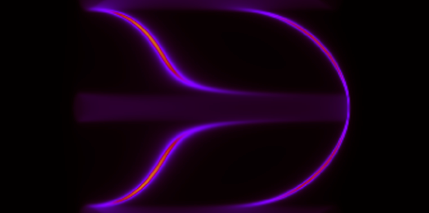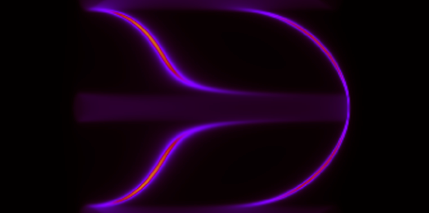Quantum Hall Anomaly in 3D
Topological phases in 2D insulators are characterized by an integer called the Chern number. In the context of the quantum Hall effect, it equals the number of chiral states at the edge of the 2D system. Researchers who have been looking for a 3D analog of the Chern number have reasons to expect that it will—in 3D scenarios that are more complicated than those one would get by merely stacking 2D states—result in a semimetal, in which topological constraints force the two energy bands near the Fermi level to overlap.
The band structure of this Chern semimetal state is reminiscent of graphene and topological insulators but substantively different. One manifestation of this difference is that the representative topological objects, which determine the transport characteristics, are not Dirac but Weyl fermions.
In their paper, Gang Xu and co-workers at the Beijing National Laboratory for Condensed Matter Physics report first-principles calculations that tell us that the known ferromagnetic compound happens to exhibit the various characteristics of a Chern semimetal; in particular, they find a pair of Weyl fermions in momentum space. An additional benefit, as it were, is the possibility of observing, in a thin film of , the quantum Hall effect that arises (from topological properties) in the absence of an external magnetic field—the quantized anomalous Hall effect. This particular ferromagnetic material points to an alternative to pyrochlore-based compounds, another scenario in which theorists expect to see a topological semimetal. – Sami Mitra





